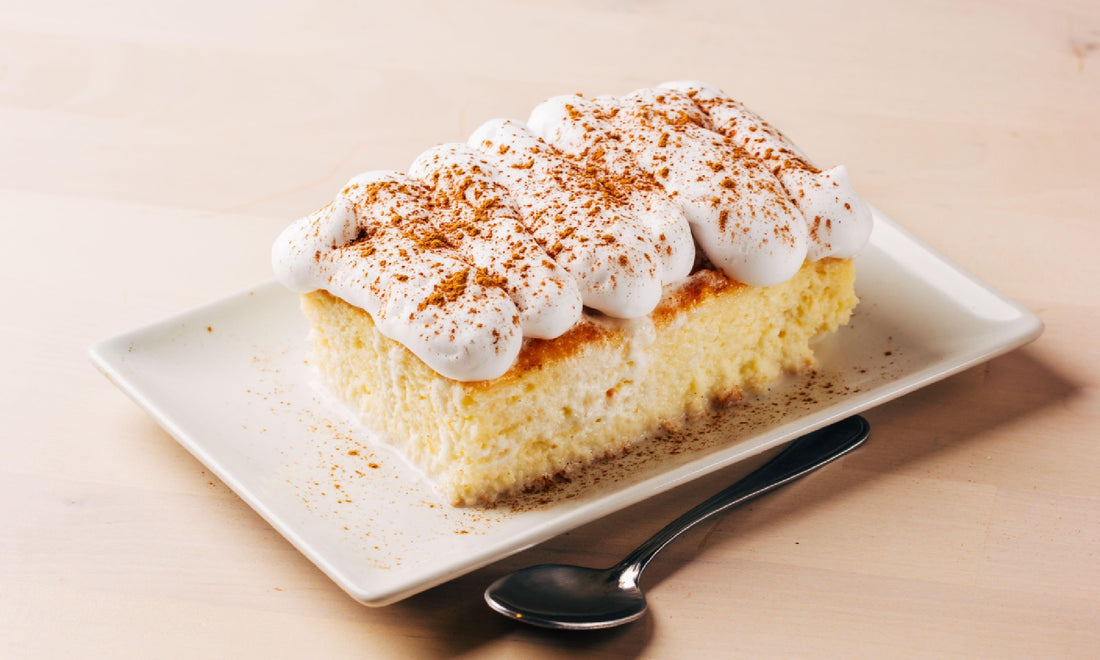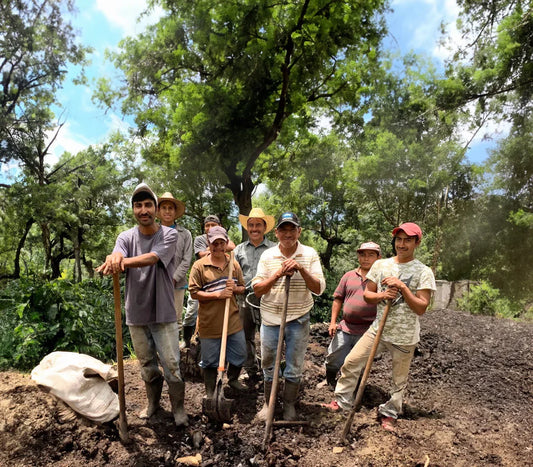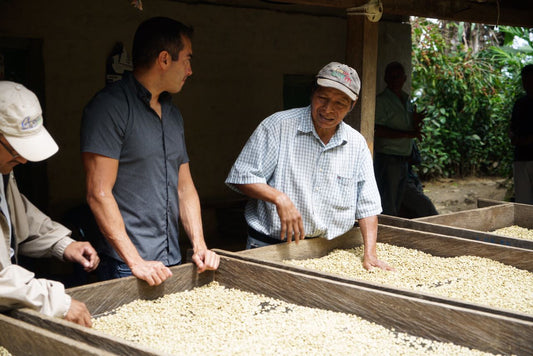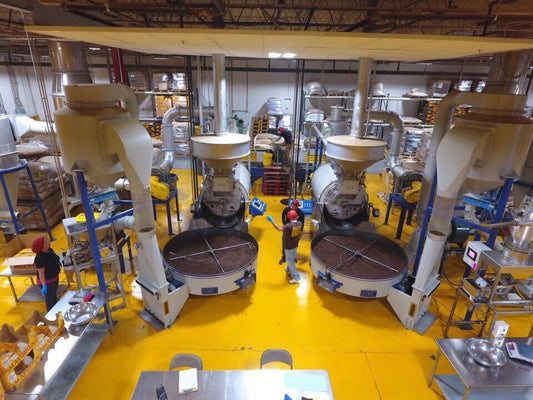
Tres Leches: The Sweet Treat with Mysterious Origins
Nicaraguan immigrants introduced the much-loved dessert to the US. Or did they?
We celebrate Epiphany with rosca de reyes, sing happy birthday with the tradition of la mordida, feast with chajá, and enjoy pan de Pascua at Christmas (along with a glass of cola de mono, of course).
In short, sweet foods like this have the power to turn ordinary gatherings into treasured memories.
But among the many desserts available, one has a special place for many of us: tres leches.
But, as with Puerto Ricans' unofficial claim to arroz con pollo or the eternal Peru-Chile debate around the pisco sour, the origin of tres leches remains disputed.
"If you ask anyone on the street here, they will tell you tres leches is Peruvian," says Alessandra Ribeyro, the owner of La Teoría de los 6 Cafés, a coffee shop in Lima.
Yet, according to Maricel Presilla's cookbook, Gran Cocina Latina, the dessert is rooted in Nicaragua's history, while some food historians maintain that the cake's origins can be traced to Mexico. Indeed, many believe it is a version of an old Mexican recipe for bread cake soaked in wine and topped with custard.
"A cultural truth among many Hispanic families is that our passion for our cuisine is what makes the debates so heated – and so fun," says Maria-Teresa Laspisa, who was born in Lima and currently lives in New York.

Tres Leches: Viral in the US
During the pandemic, tres leches exploded in popularity across the US.
Looking for a way to keep busy while creating something delicious, tens of thousands of people began sharing videos and photos of them making tres leches on social media.
As a result, it became a viral trend, with a number of heated debates arising about the best ways to strike the balance between a rich, springy, and moist result.
Its popularity in the US, however, began long before the social media age.
In the 1970s and 80s, revolution and war forced more than a million Nicaraguans to flee the country. Hundreds of thousands settled in Miami, and the resulting community started to bring their food to the people of the city.
One family began Los Ranchos Steakhouse, a restaurant whose signature dishes became well known in the area. Among them were pio quinto, sopa borracha, and – you guessed it – tres leches.
"It became an overnight sensation," says Nicaraguan-born Tino Lira. "Being a cultural mecca and always eager for new tastes and trends, Miami adopted tres leches as its own. And the rest of the world followed suit by copying Miami and its new Nicaraguan delight."

Sweet Nostalgia
One thing that's undisputed about tres leches is its varying flavors and versatility.
You can choose to flavor the batter or the milks, change the toppings or add texture: "You can play with it a lot," Alessandra notes.
In Lima alone, she explains you can find a number of versions, from pan tres leches with Lucuma to cinco leches (which adds caramelized milk) and versions which use coconut milk or plant milks like soy and almond.
Her favorite version, however, is a vanilla tres leches with a mixture of chopped strawberries, white chocolate whipped cream, and thin slices of white chocolate in the center.
"It's excellent because you get that crunch inside that changes the texture," Alessandra explains.
It's this versatility that has allowed so many of us to adopt it as our own. And even in other countries, we see people coming up with their own versions, just like a tres leches donut that Alessandra encountered recently.
She said that the familiar taste immediately awakened a feeling of longing for her homeland – as it does for so many of us here. And she is happy that such a simple taste can connect us all to our roots, no matter where we are.
Its origins remain a mystery.
Nonetheless, everybody has their own story, and many of us still have a secret family recipe that we'll pass down for generations to come.


